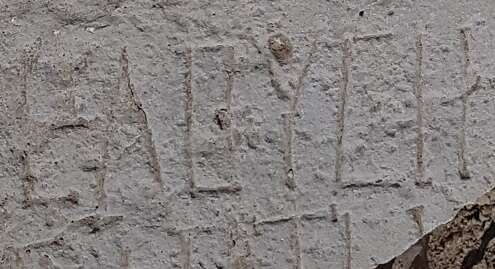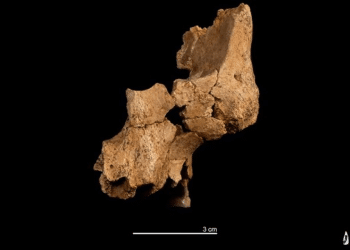A stone bearing a 1,700-year-old inscription that refers to the city of Haluza ("Elusa" in Greek) has been unearthed at an excavation at the Haluza archaeological park in the Negev, some 19 miles southwest of Beersheba.
The Israel Antiquities Authority explained that the inscription is the "first archaeological evidence of the name of the city of Haluza from the site itself."
Haluza was once part of the Nabataean Incense Route and has been declared a World Heritage Site by UNESCO. In a Judeo-Arabic translation of the Pentateuch by Saadia Gaon, Haluza is associated with the biblical town of Gerar.
The dig is being carried out under the auspices of the Haluza Smart City project and is being co-led by a team from the University of Koln in Germany under Professor Michael Heinzelmann and the IAA.
Once the stone was discovered, the inscription was sent to Professor Leah Di Segni of the Hebrew University of Jerusalem to be analyzed.
Work at the Haluza dig has also uncovered a church and a bathhouse.
Dr. Tali Gini of the IAA said that the site ceased to exist in the seventh century C.E., but that the name Haluza was commemorated in the Arabic name for the ruins: Al-Khalasa.




